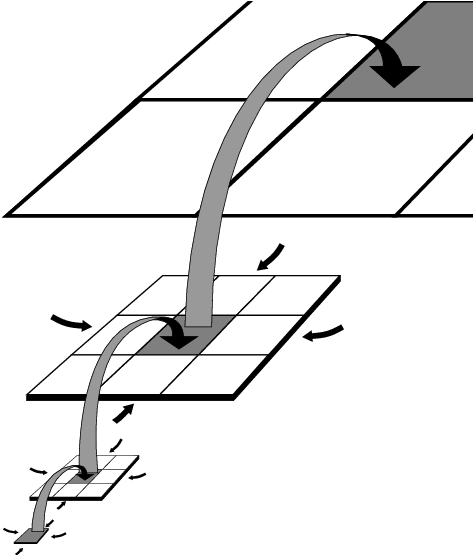 |
The rate of progress in understanding complex, non-linear systems in geophysics has been extraordinary in the last few decades. This has come about because such systems can be analysed through classical methods developed in physics over the last centuries, now amenable to rapid computational methods. Classical methods include end-member approaches such as continuum mechanics and statistical physics. Continuum mechanics (solid mechanics and fluid mechanics) is applicable when a finite limit for the rate of change of a given function at any point in space exists. It provides an efficient method for modeling elastic deformation, fluid flow or wave propagation. On the other hand, statistical physics considers an inherently discrete system in real-space with the mechanics often simplified to first-neighbour interactions only. This approach is extremely efficient in modeling complex systems involving many degrees of freedom because random statistical fluctuations are taken into account. A combination of short-range interactions and the random element result in a wide range of behaviors by allowing, or not, the propagation of an instabilities over a wide range of spatial scales. |
In my work, I have
developed new cellular automata that combines both classical approaches
by including a multiple range of interactions that mimics the continuum
solutions while retaining the inherently discrete approach of
statistical physics. These models involve
This approach is very efficient in modelling the observed complex nature of geophysical phenomena over a wide range of temporal and spatial scales. I infer that this is because this method incorporates essential ingredients such as:
|
|